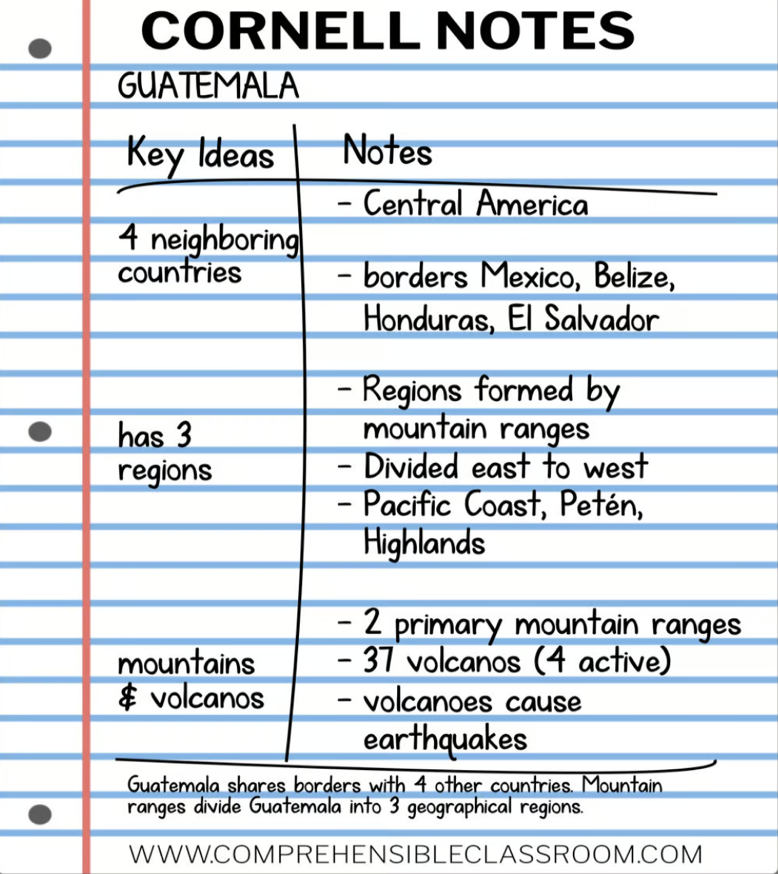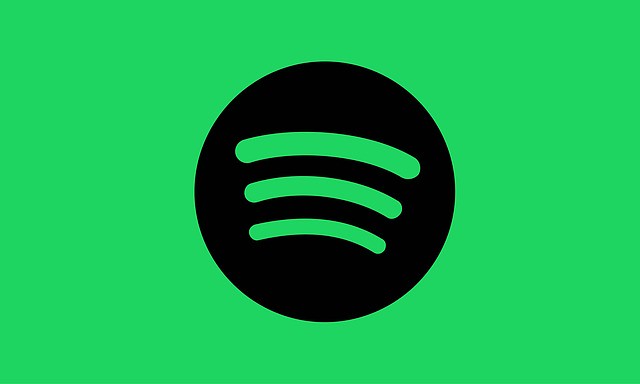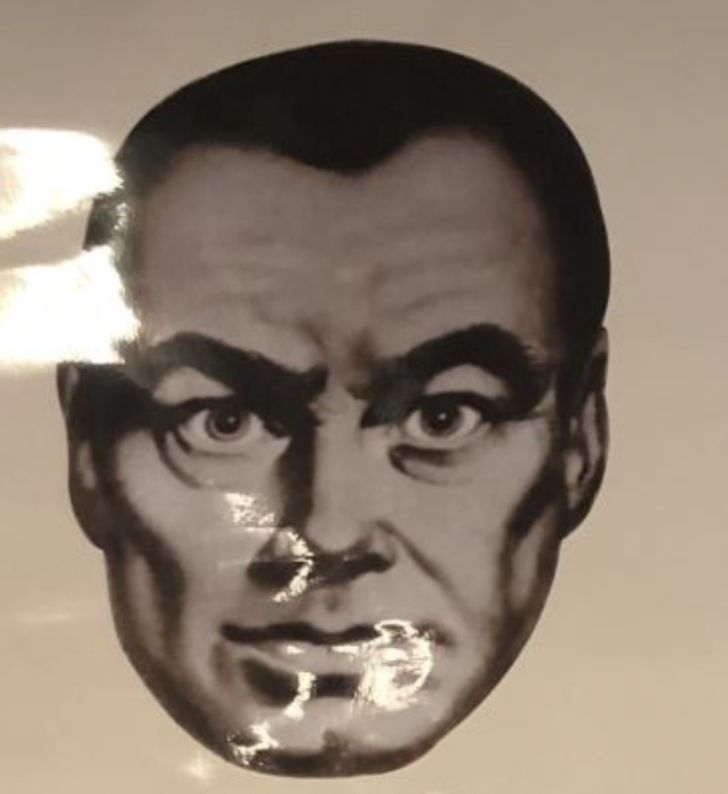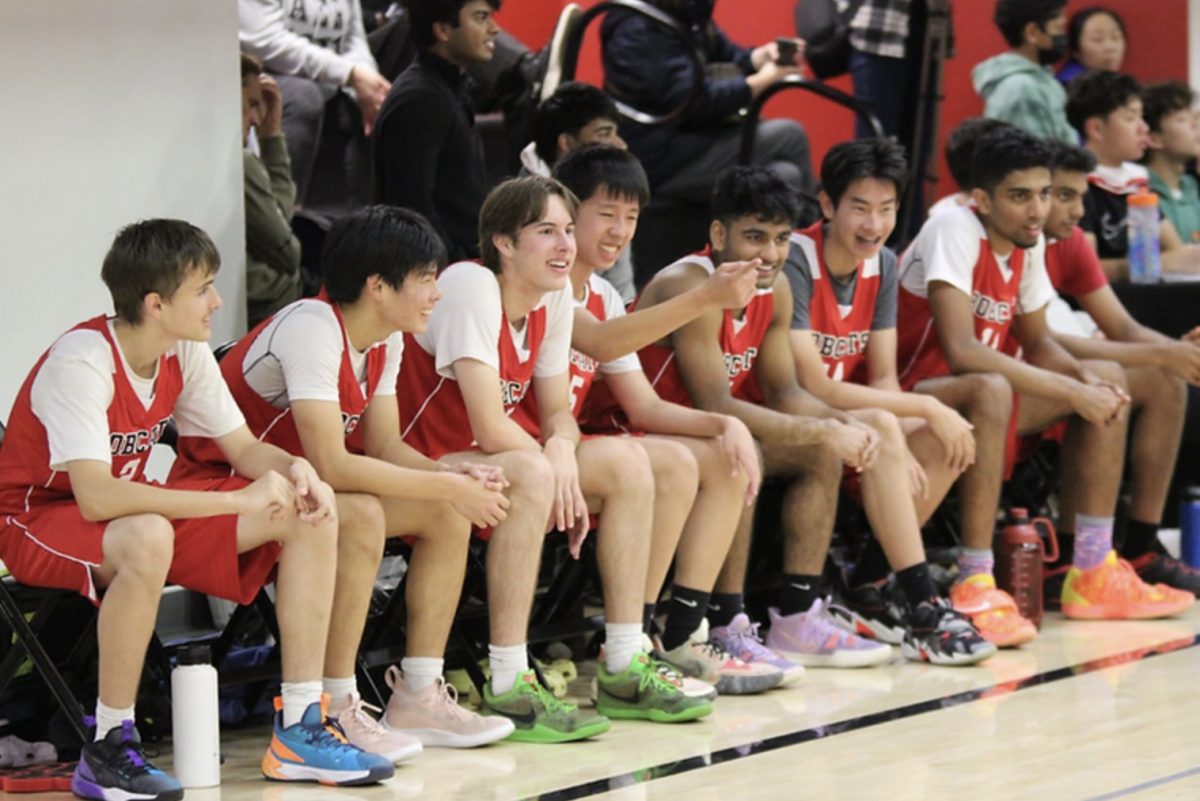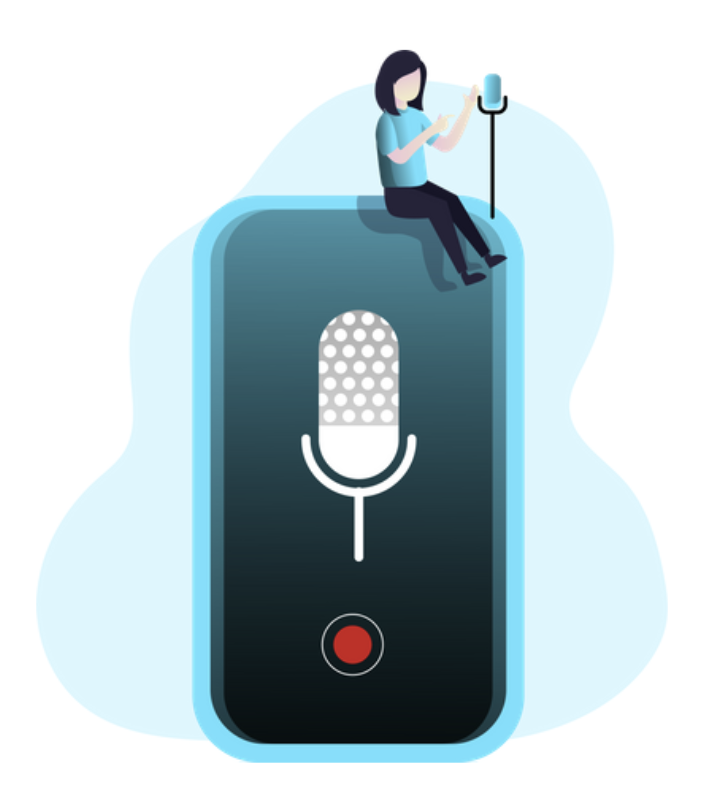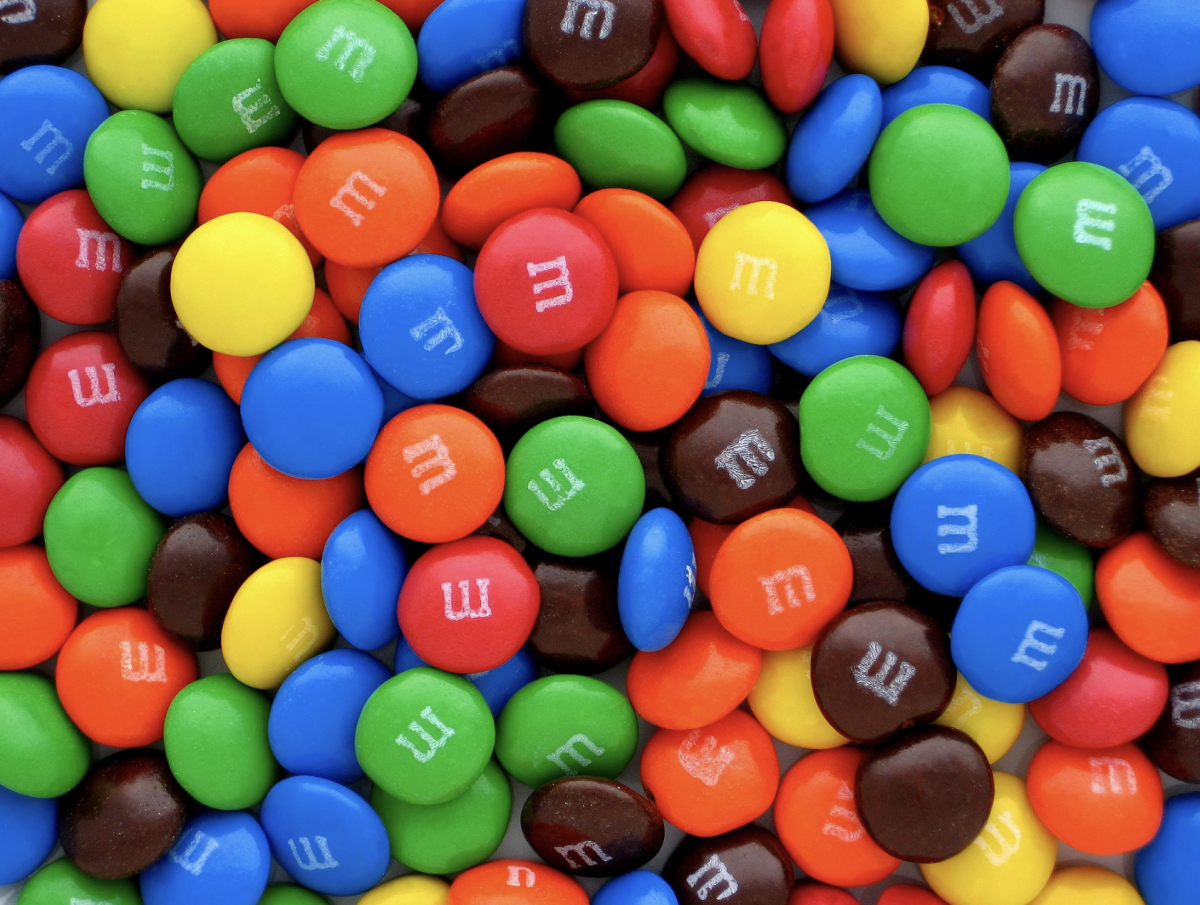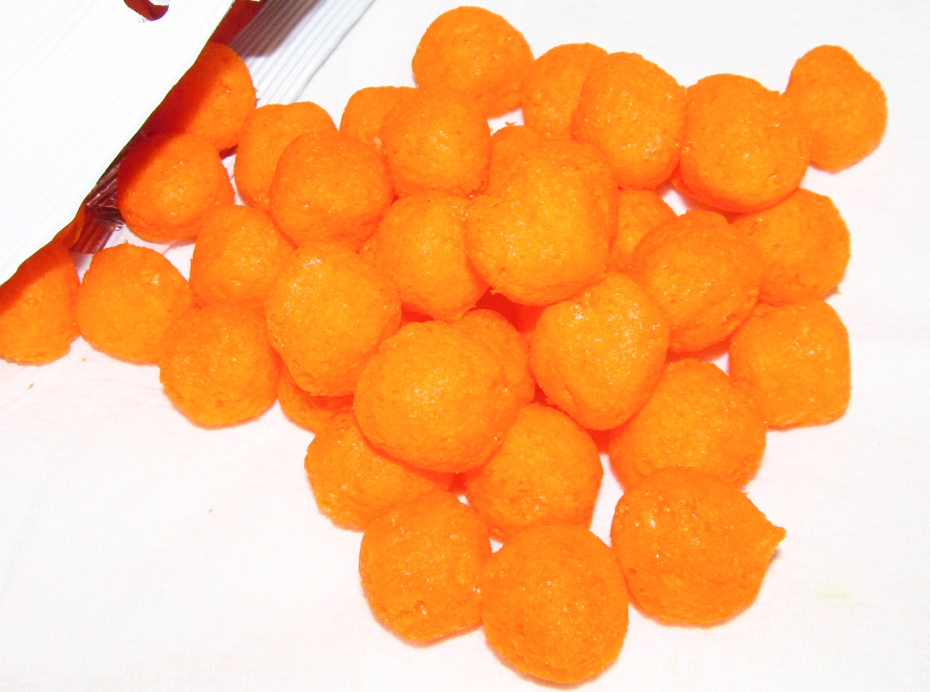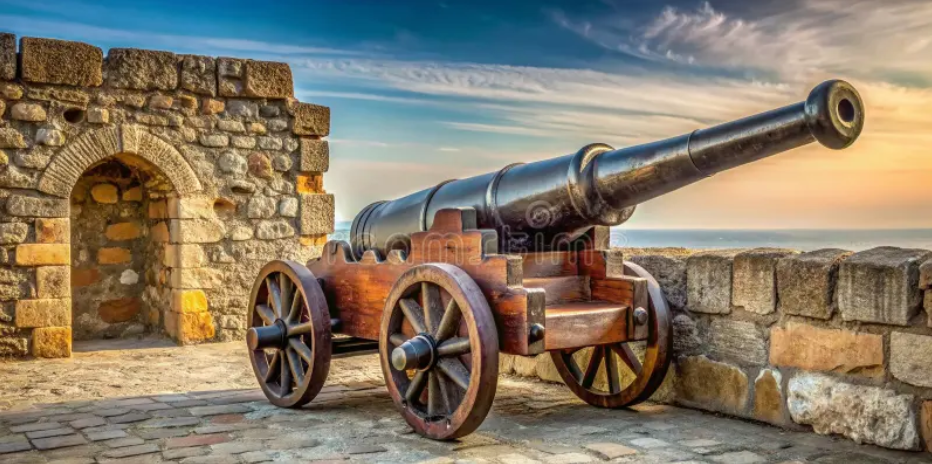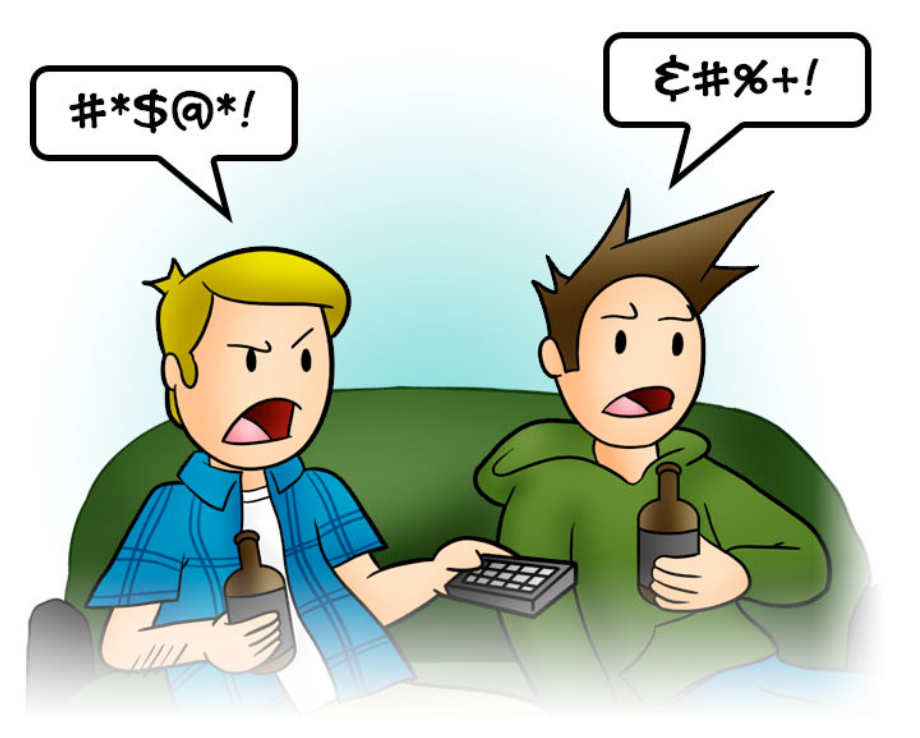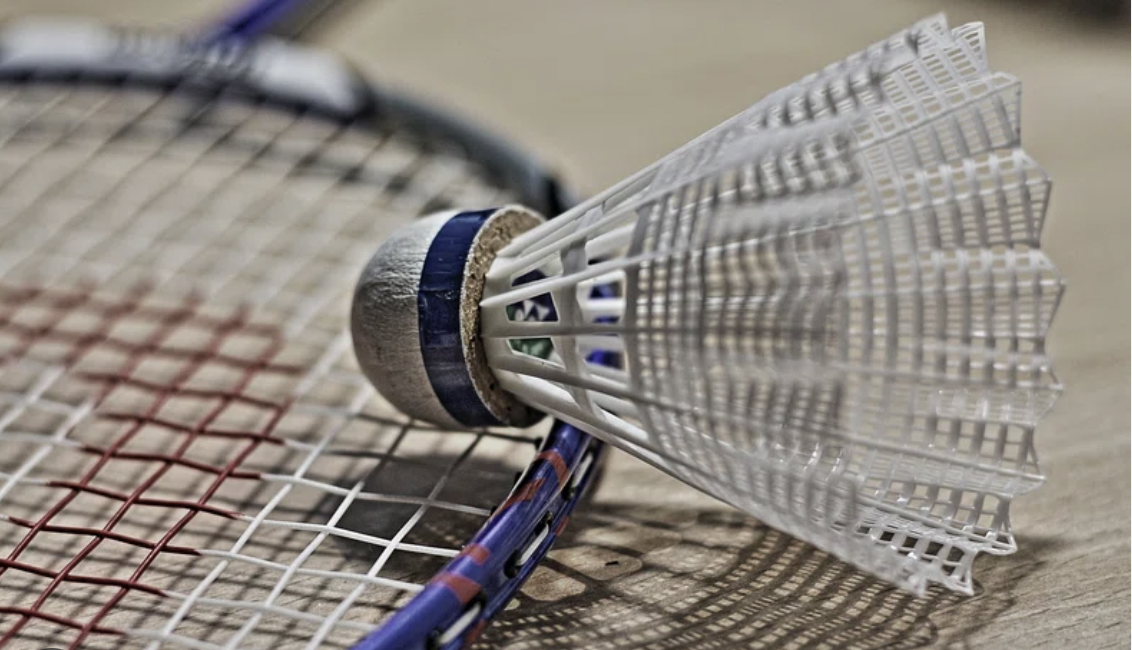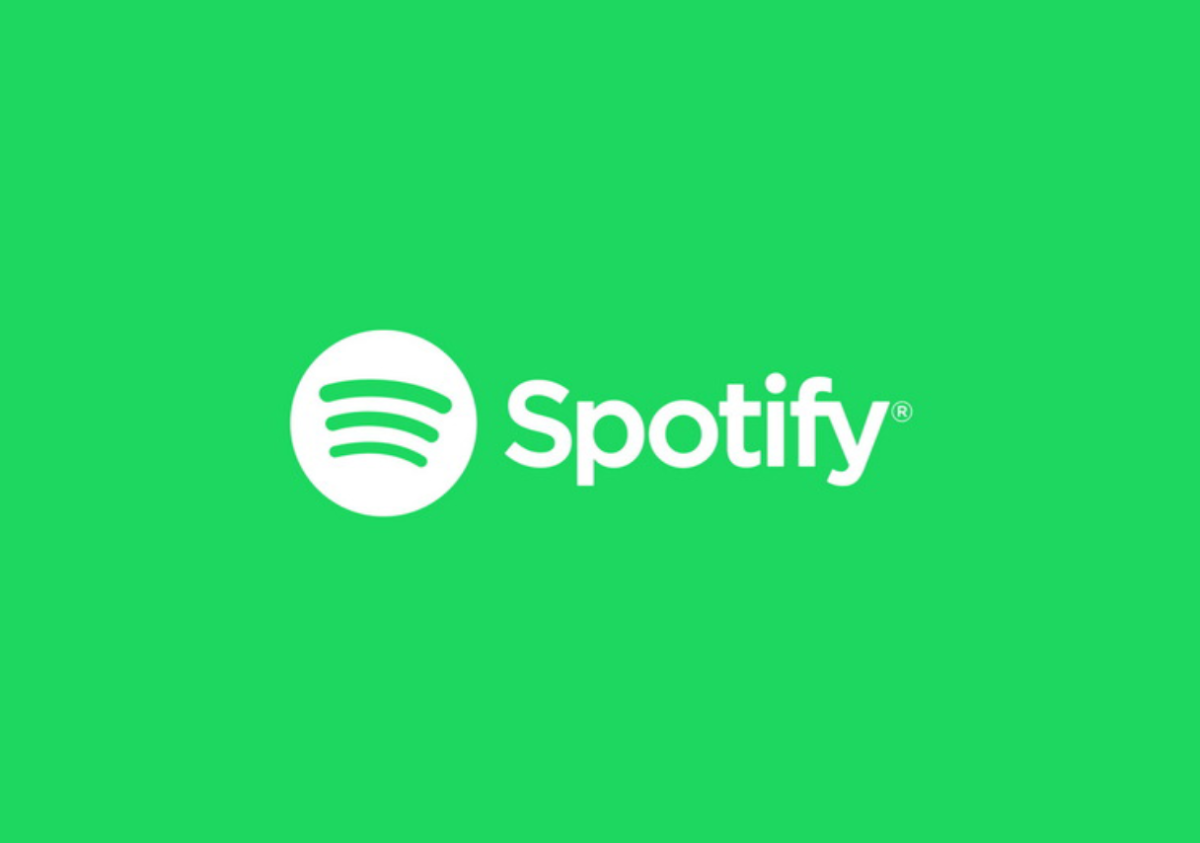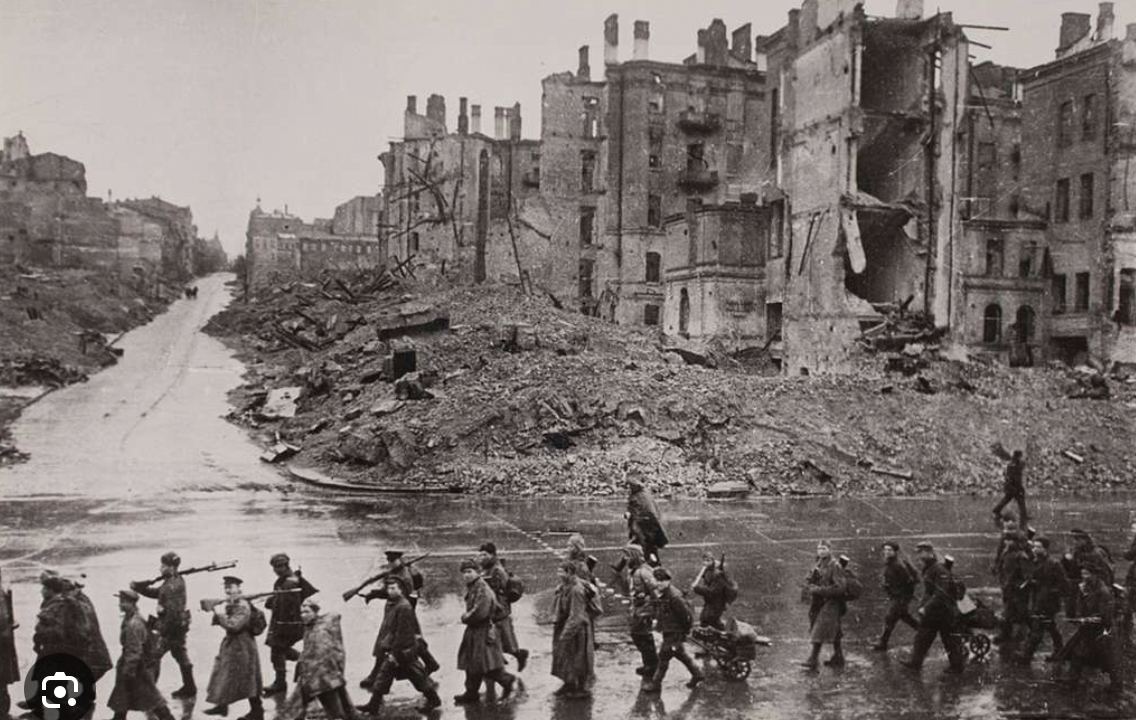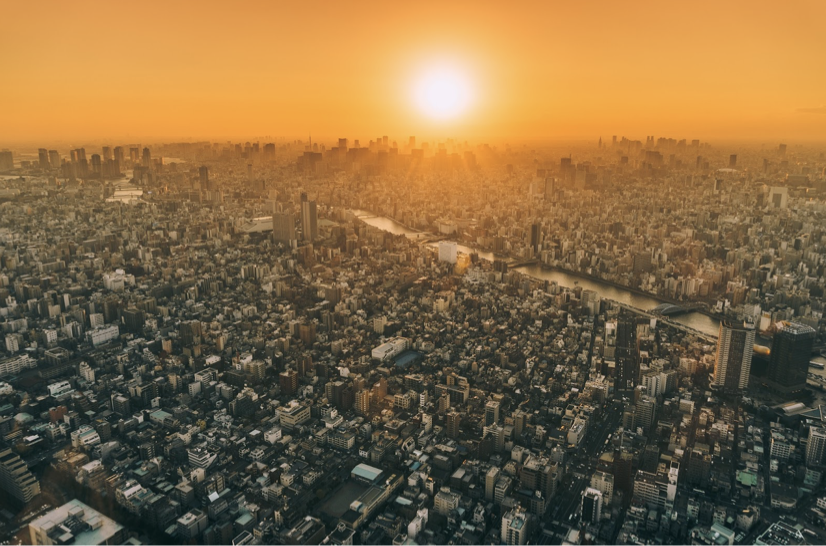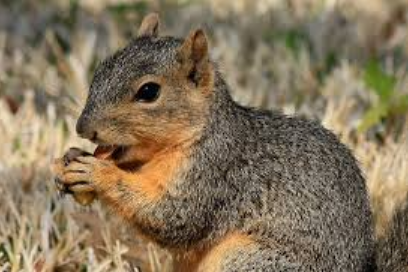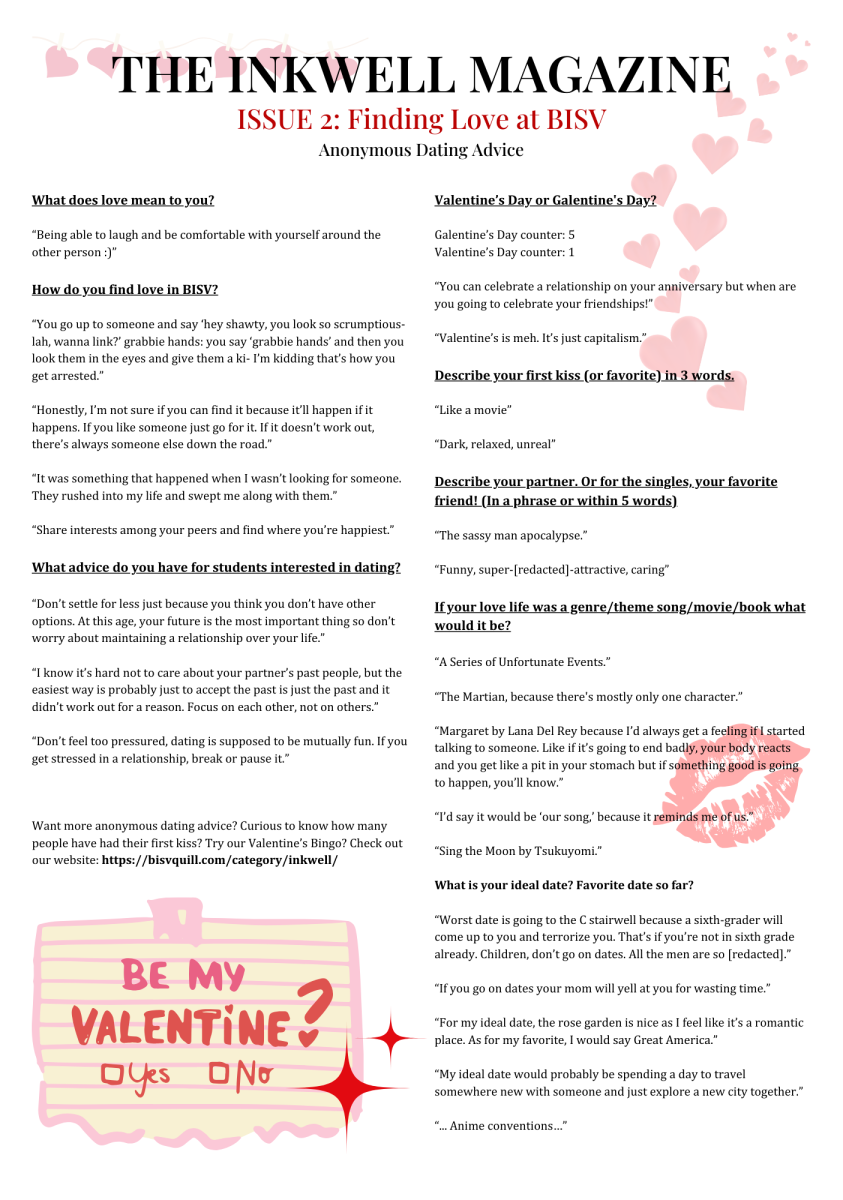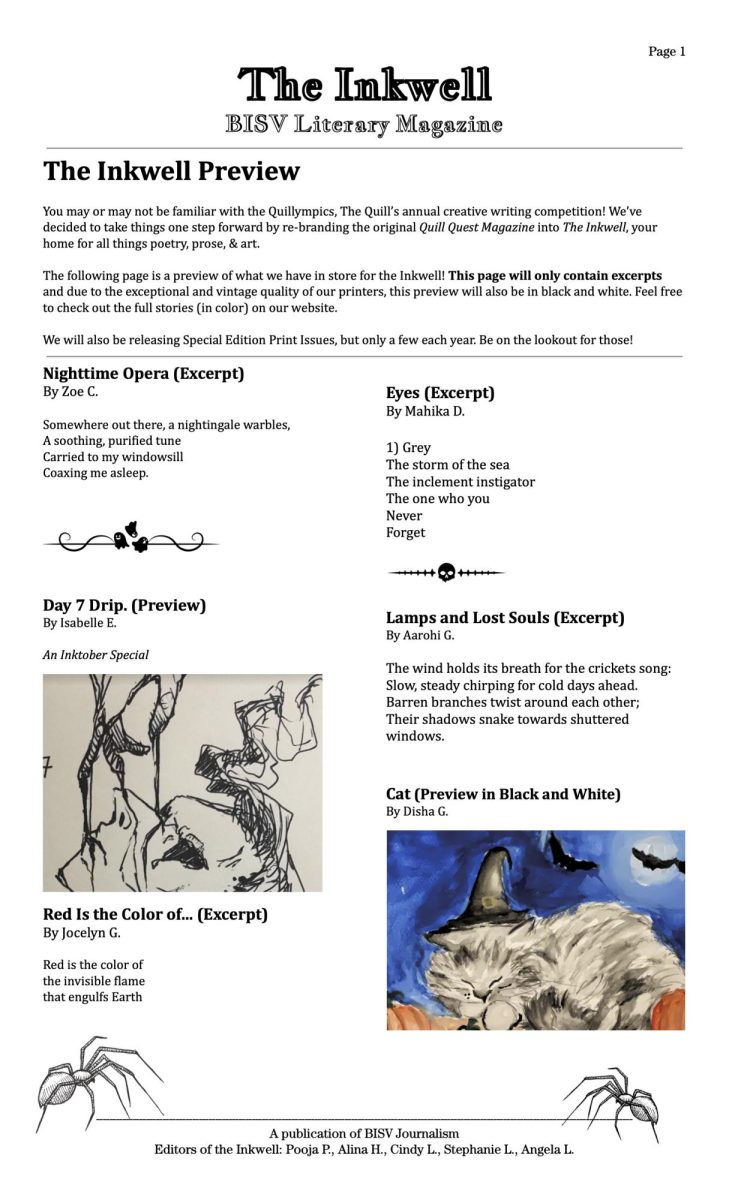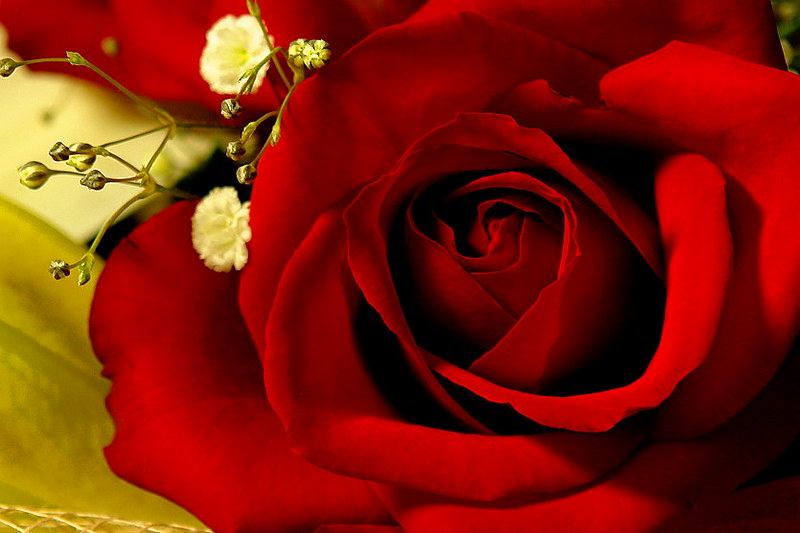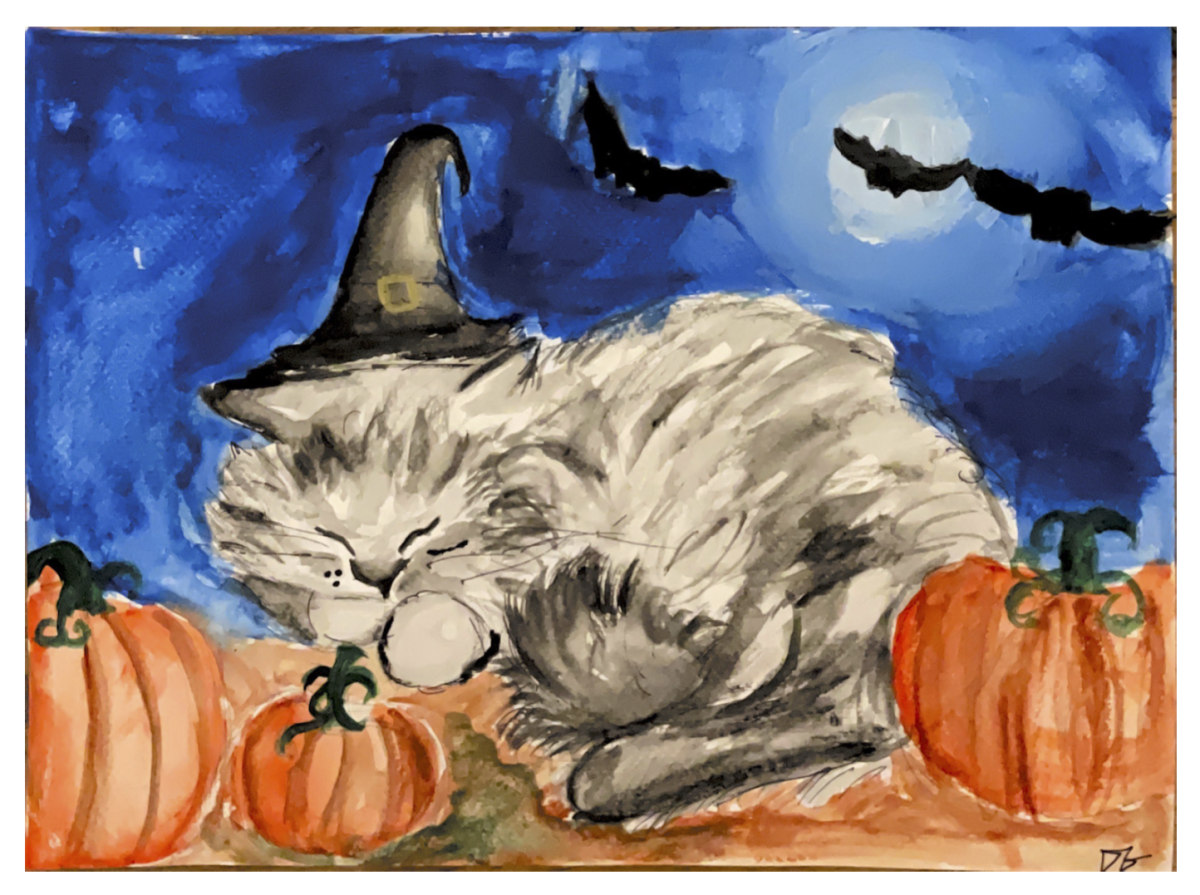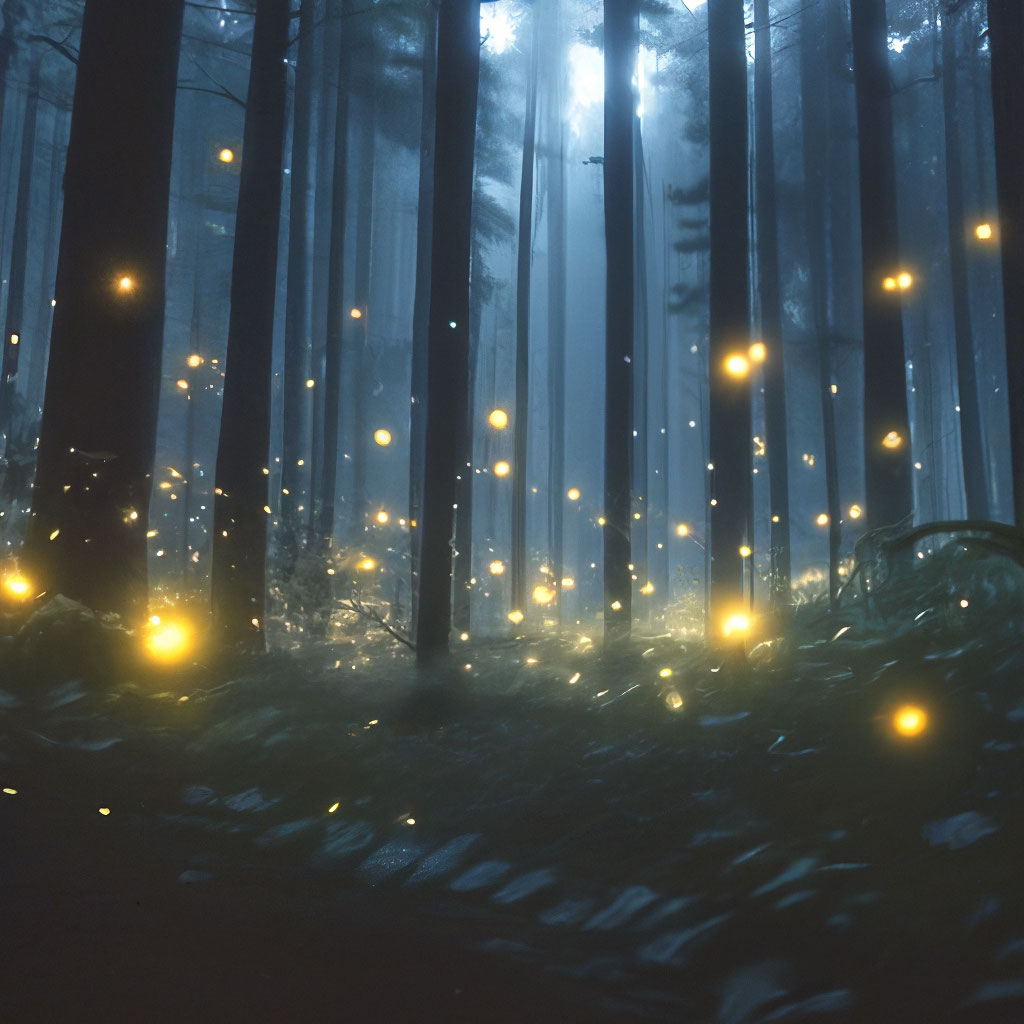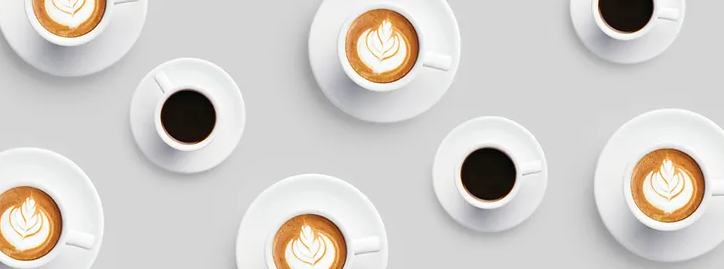Previously published Jun 2. 2021
Disclaimer: The author of this coffee shop review was not sponsored or paid in any way by the coffee shop establishments reviewed. The following editorial content is solely her opinion.
By junior year, I was drowning in schoolwork. Between scanning impossibly long-winded readings about manifest destiny (essentially the white man’s excuse to decimate native populations), deriving slopes of tangent lines (until my inevitable arrival in L’Hospital), and dissecting the motivations behind King Lear’s madness (which was vanity, as is common in men over fifty), among other assignments for my seven AP classes, my focus was nowhere near where it should have been. In due course, my sleep schedule had also plummeted from six hours a night to three.
I needed a fix, and I needed it fast. Though conditioned by my beloved former Honors Biology teacher Dr. Viva Zhao to avoid drugs, alcohol, and all forms of Un-PG activity until age thirty-eight (symbolic of the maximum number of ATPs produced in one cycle of cellular respiration), hypocrisy eventually caught up to me. I was “welcome[d] to the dark side,” as my former AP Economics teacher Mr. Matthew McCorkle had put it the day he found me strolling down the BISV hallways with my Philz Coffee cup. Thus, before all hell broke loose with the COVID-19 pandemic, I took the liberty of exploring the various artisanal coffee shops of the Bay Area, all of which have emerged in recent years to serve Gen Z clientele as a result of the Third Wave Coffee Movement.
It should be noted that my caffeine tolerance is close to nonexistent; therefore, I usually never order coffee at these artisanal coffee shops, opting instead for the silky smooth richness of hot chocolate.
Philz Coffee
Photo courtesy of Business Insider

As the old adage goes: “If you love someone, let them go. If they come back with Philz, then it was meant to be.” Quite fitting considering many couples have been known to meet, become engaged, and ultimately marry at Philz. Philz is, after all, not just a coffee shop—it is first and foremost a community, or in the words of Phil and Jacob Jaber, the creators of Philz: “a people business [rather than] a coffee business.”
Necessity being the mother of all invention and discovery, Philz Coffee chivalrously came to my rescue following the tragic torture of my SAT exam on October 5, 2020, whereby I realized I also had to finish my AP Seminar thesis. For all my late nights calculating the integral of xln(x), memorizing the Krebs cycle, or feverishly spilling childhood narratives into my college application essays, my most loyal companion has always been Philz hot chocolate.
With its vibrant ‘80s decor, vivacious baristas who came to remember my order by name, and idle chatter, Philz Coffee on Main Street Cupertino has nurtured me with its creamy hot chocolate elixirs that are neither too bitter nor too sweet but rather land in the proverbial “just right” cup. As a tribute and testament to the extraordinary powers that swirl in its blends, Forbes has declared Philz “Silicon Valley’s Coffee of Choice,” noting that Facebook CEO Mark Zuckerberg was so enamored with Philz that he requested that Phil and Jacob cater his secret backyard wedding to Priscilla Chan. Later, Zuckerberg offered to let Phil and Jacob build a Philz on Facebook’s Menlo Park campus free of charge.
Today, even amid the tragedies of the Covid-19 pandemic, Philz has served as spiritual salvation. I can state without a doubt that the greatest joy of my senior year was not attaining college admission, nor was it surviving AP Research, nor was it watching Dr. Noble’s Grammy-worthy lip sync video; it was converting my friends, teachers, peers, and fellow Quill staff into Philz Coffee addicts like myself. In the walls of Philz Coffee on Main Street Cupertino, I found my home away from home. With its baristas, I found my family. In its hot chocolate, I found the bond that brings my friends together.
It is no wonder that despite once being passionately opposed to caffeine, I am a devoted Philz Coffee addict now.
Starbucks Coffee
The third essay prompt of the 2019 AP English Language and Composition exam was as follows: The term “overrated” is often used to diminish concepts, places, roles, etc. that the speaker believes do not deserve the prestige they commonly enjoy; for example, many writers have argued that success is overrated, a character in a novel by Anthony Burgess famously describes Rome as a “vastly overrated city,” and Queen Rania of Jordan herself has asserted that “[b]eing queen is overrated.” Select a concept, place, role, etc., to which you believe that the term “overrated” should be applied. Then, write a well-developed essay in which you explain your judgment. Use appropriate evidence from your reading, experience, or observations to support your argument.
If I could redo the third essay of my 2019 AP English Language and Composition exam, I would have written about Starbucks.
Photo courtesy of Women’s Health Magazine

Excluding the fact that your average grande-sized coffee or Frappuccino costs $5.25 including tax, the global sensation that was Starbucks has done nothing but serve sugary nonsense to customers since 1971. Service typically also involves a miasmic misspelling of one’s name on the beverage that one pays a third of the hourly California minimum wage for and twice as much ice than beverage substance. Even with the aforementioned ice to beverage ratio, one frappuccino alone contains around fifty grams of sugar which are well over the limit of twenty-four grams of sugar for women and thirty-six grams of sugar for men that the American Health Association (AHA) suggests. Yet despite its tragic flavor, absurd pricing, and shocking sugar levels, Starbucks locations seem to have multiplied like the plague. In the Bay Area, one can drive past a Starbucks only to find another Starbucks half a mile away… or worse, occupying a kiosk in the local neighborhood Target right next to an official Starbucks store.
Needless to say, after the fateful events of October 5, 2020, I have never once stepped foot in a Starbucks.
Verve Coffee Roasters
Photo courtesy of Mercury News

Truth be told, I once thought Starbucks was overpriced and overrated. Then at the behest of a close friend, I went to Verve Coffee Roasters in downtown Palo Alto. I promptly changed my mind about Starbucks’s pricing (though I still very much stand behind my statement about their overratedness).
For the staggering price of $5.75 at the time of purchase, the hot chocolate I discovered sitting in front of me, while frothed with an immaculate leaf foam design, garnished with a slim crescent of whipped cream, and dusted with cinnamon, was, unfortunately, the epitome of the cliché “all style, no substance.” Upon taking the first sip, I was struck with a startling epiphany: could it be possible that Verve was using powdered Swiss Miss hot chocolate and selling it for an absurd markup?
Luckily, I did not stick around long enough to find out. After confessing my epiphany to my close friend, we packed up our belongings and ran to the nearest Philz.
Blue Bottle Coffee
To the most discerning coffee connoisseur, Blue Bottle Coffee meets all the expectations of the refined palate, which is to say bitter, blistering, and bland.
Photo courtesy of Blue Bottle Coffee Lab

According to the legend of Kolshitsky and the First Blue Bottle, the apocryphal tale goes like this: In the late 1600s, the Turkish army swept across much of Eastern and Central Europe, arriving at Vienna in 1683. Besieged and desperate, the Viennese needed an emissary who could cross Turkish lines to get a message to nearby Polish troops. Franz George Kolshitsky, who spoke Turkish and Arabic, took on the assignment disguised in Turkish uniform. After many perilous close calls, Kolshitsky completed his valiant deed, delivering news of the Poles’ imminent rescue to Vienna. On September 13, the Turks were repelled from the city, leaving everything they brought, including strange bags of beans, which were thought to be camel feed. Kolshitsky, having lived in the Arab world for several years, knew these to be bags of coffee. Using money bestowed on him by the mayor of Vienna, Kolshitsky bought the coffee and opened Central Europe’s first-ever coffee house (The Blue Bottle), bringing coffee to a grateful Vienna. Kolshitsky failed to understand: the strange beans in the bag were reminiscent of camel feed for a reason. Thanks to his valiant and somewhat misguided efforts, Blue Bottle Coffee serves drip coffee that is all too similar to earthen camel dung brew.
When Blue Bottle Coffee opened its Santana Row location for the sake of novelty, my friends insisted on dragging me to sample their offerings. Regrettably, even for its non-caffeinated beverages such as hot chocolate and lemon yuzu fizz, Blue Bottle Coffee failed to live up to the glory of its urban legend, with surge pricing every bit as ridiculous as Verve Coffee Roasters and ambiance so sterile I almost wish I had gone to the Starbucks next door instead.
Coupa Café
The Mercury News was not kidding when they dubbed Coupa Café “The Hotspot for Silicon Valley Superstars.” With locations within Stanford University’s campus and throughout Palo Alto, it is no coincidence that Google founder and CEO Sergey Brin and late Apple founder and CEO Steve Jobs would frequent this shop. After all, Coupa shares its origins with those of the Silicon Valley tech boom; during its startup earliest days, Facebook’s employees would take their coffee at Coupa.
Coupled with the vintage Venezuelan charm of its interior, it is no wonder that multimillion-dollar tech companies such as Stripe have built their empire at Coupa. For Coupa creators Camelia Coupal and her brother, Jean-Paul Coupal, both of whom are Stanford alumni, this blend of the old and the new grew with their vision for Coupa’s evolution. As I strolled into Coupa’s Downtown Palo Alto shop on Halloween, I could understand why Stanford students and Bay Area coffee connoisseurs alike raved about Coupa.
Photo courtesy of Palo Alto Online

For its chocolate chip scones, artisanal chocolates, and other baked goods, there was little doubt that Coupa took the cake. Alas, after sampling their abysmally minuscule cup of Mexican hot chocolate (priced at a jaw-dropping $5.95) with my friends, we decided we would take our beverage business elsewhere (read: Philz).
Chromatic Coffee
Photo courtesy of Chromatic Coffee

A hop, skip, and a jump away from BISV’s campus, Chromatic Coffee, while nestled within a metal-corrugated warehouse, could very well have been harvested from an early 1900s Brooklyn coffeehouse. Like its flamboyant counterparts, Chromatic prides itself on coffee that allegedly originates from exotic plantations abroad where “fair trade practices” are employed; in reality, the latte I happened upon by accident one drowsy morning while exhausted from scrambling through heaps of college essays tasted no different than the instant coffee packets rotting at the back of the kitchen pantry. However, this establishment’s one redeeming asset is its delectable pastries, such as their chicken pot pie pastries and cinnamon muffins which I wolfed down to sustain me through the marathon of edits that awaited me during the thick of college application season.
When your true love (Philz, obviously) calls for a break, Chromatic Coffee is most analogous to that one adoring ex-significant other you keep coming back to because you know they will never get over you—convenient but hidden for a reason.
Peet’s Coffee
“I asked for no sugar and they dumped a pile of glucose in my chai iced tea.”
(Anonymous Coffee Critic #1)
“Peet’s is just Starbucks basically…. I actually prefer Starbucks to Peet’s.”
(Anonymous Coffee Critic #2)
“This drink tastes like it has 99% milk with a single drop of coffee bean juice.”
(Anonymous Coffee Critic #3)
“Did I really pay $5.50 for that latte?”
(Anonymous Coffee Critic #4)
“I would roast Peet’s but their coffee roasts aren’t even worth the effort.”
(Anonymous Coffee Critic #5)
Enough said.
Just go to Philz.
Bitter+Sweet Coffee

From foam-art Totoros to its frothy lattes crafted freshly in front of the customer, it’s easy to understand why Bitter+Sweet Coffee is such a favorite among the study marathon champions that linger at the heart of Cupertino. Nestled in a charming village plaza across the street from the Cupertino Library, Bitter+Sweet lives up to its name and reputation—serving warm ambrosian beverages for all of life’s moments, both bitter and sweet.
Although Philz is my forever soulmate, it would be foolish of me not to confess that Bitter+Sweet was my first love. In its “Karl the Fog” earl grey lavender lattes, dark hot chocolates, and matcha lattes, I luxuriated in losing myself in Bitter+Sweets’ modern but cozy atmosphere after an afternoon tucked away in the library. Alas, on October 5, 2020, I bid a bittersweet farewell to Bitter+Sweet, grateful for our time together but committed to a future with my heart’s other half: Philz.
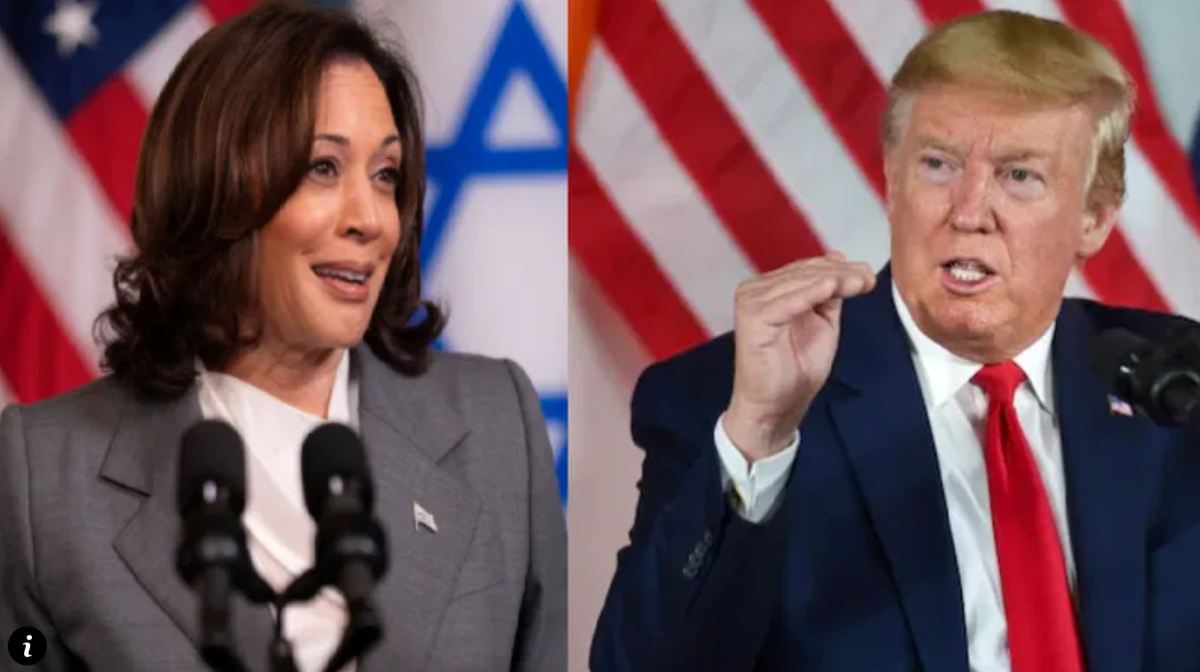
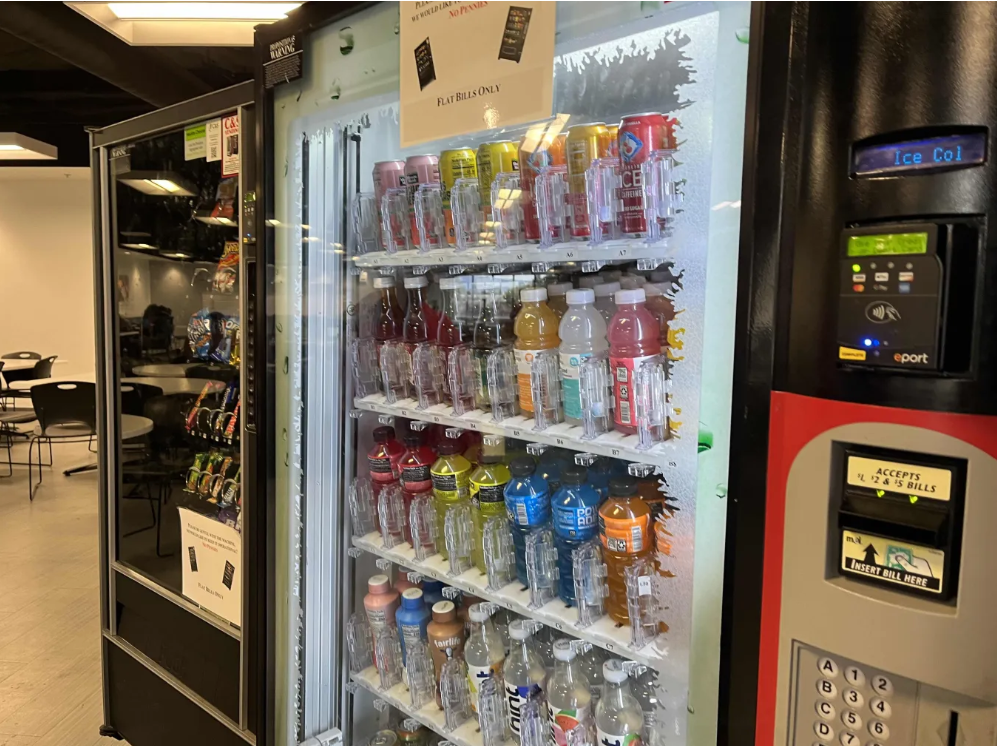
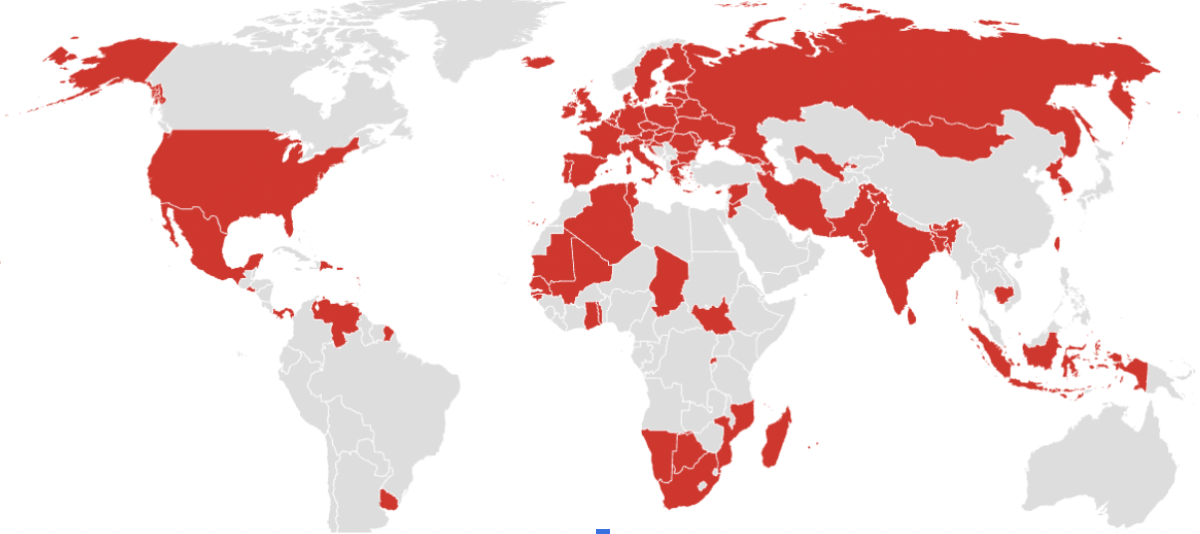

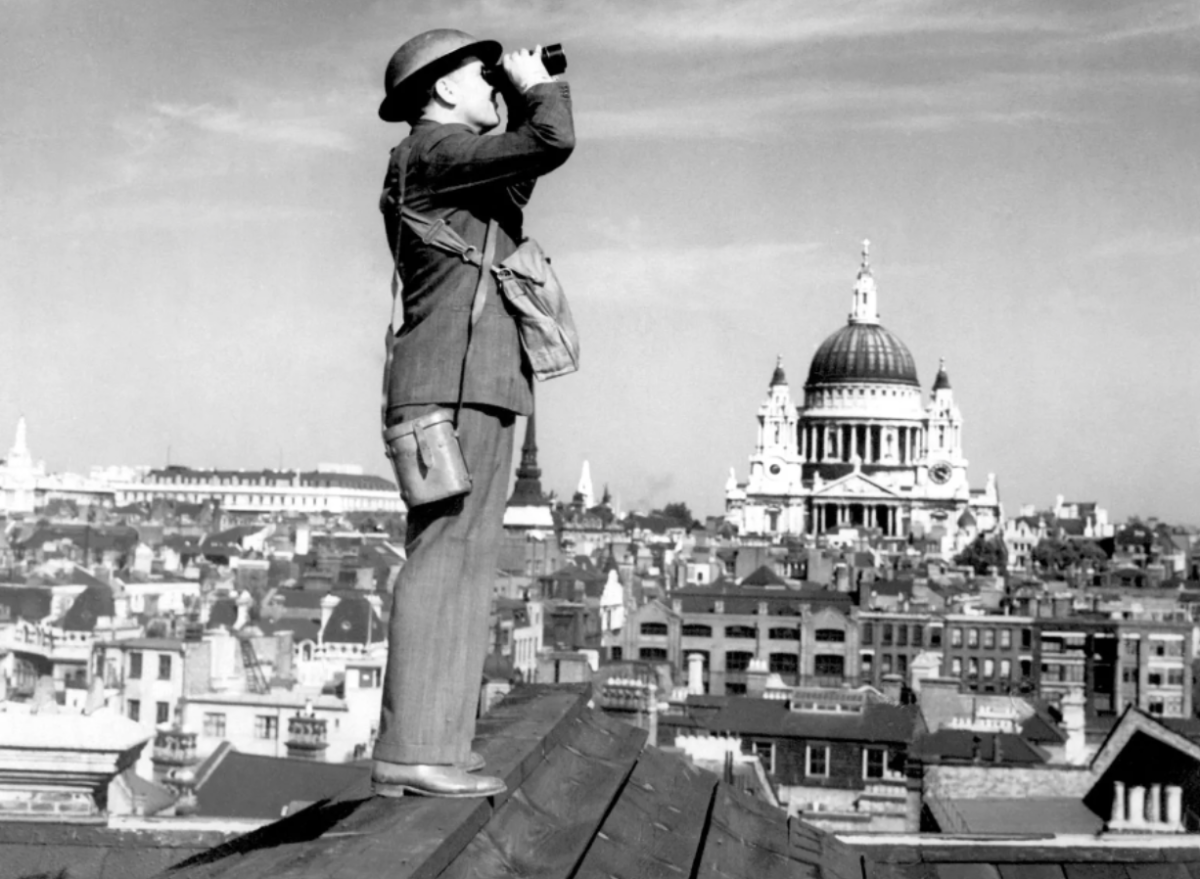
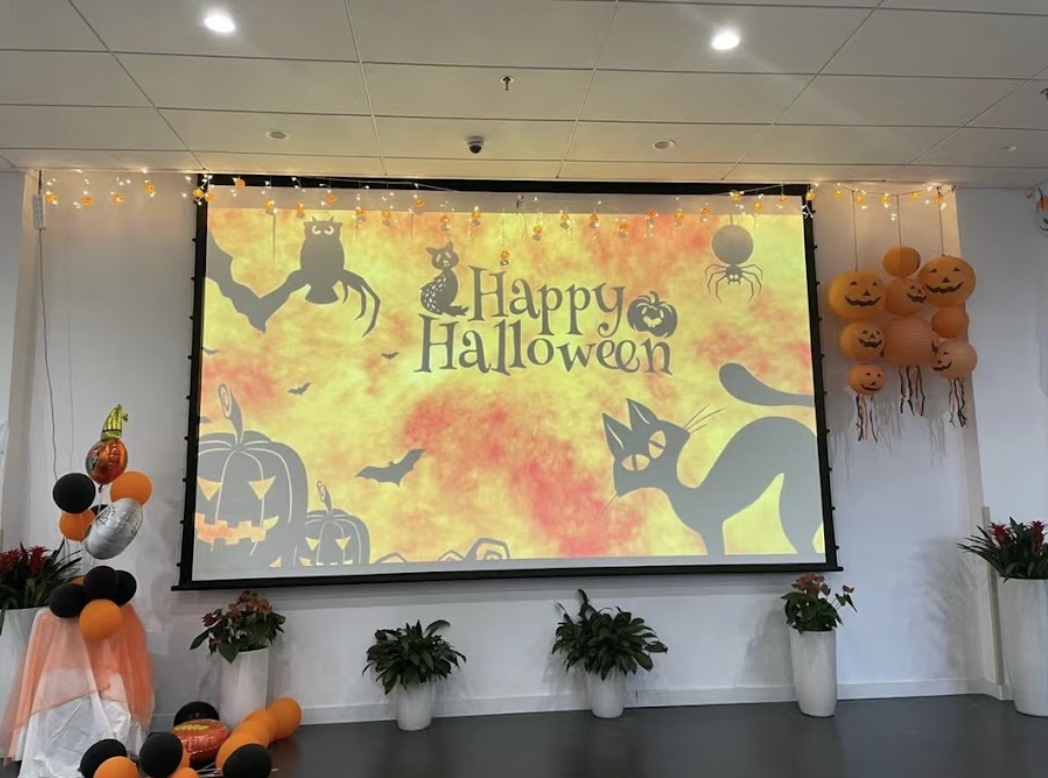
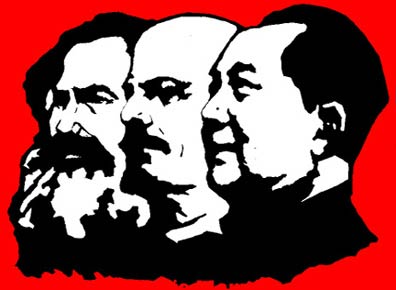
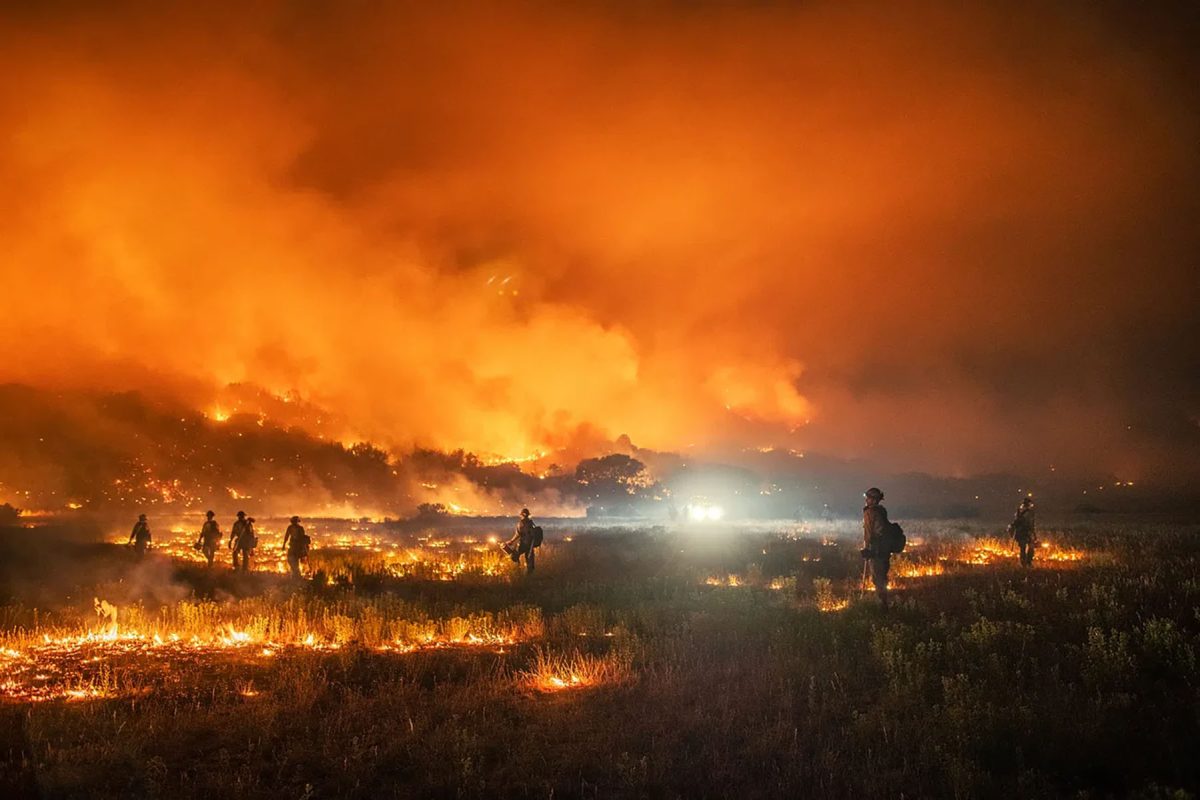
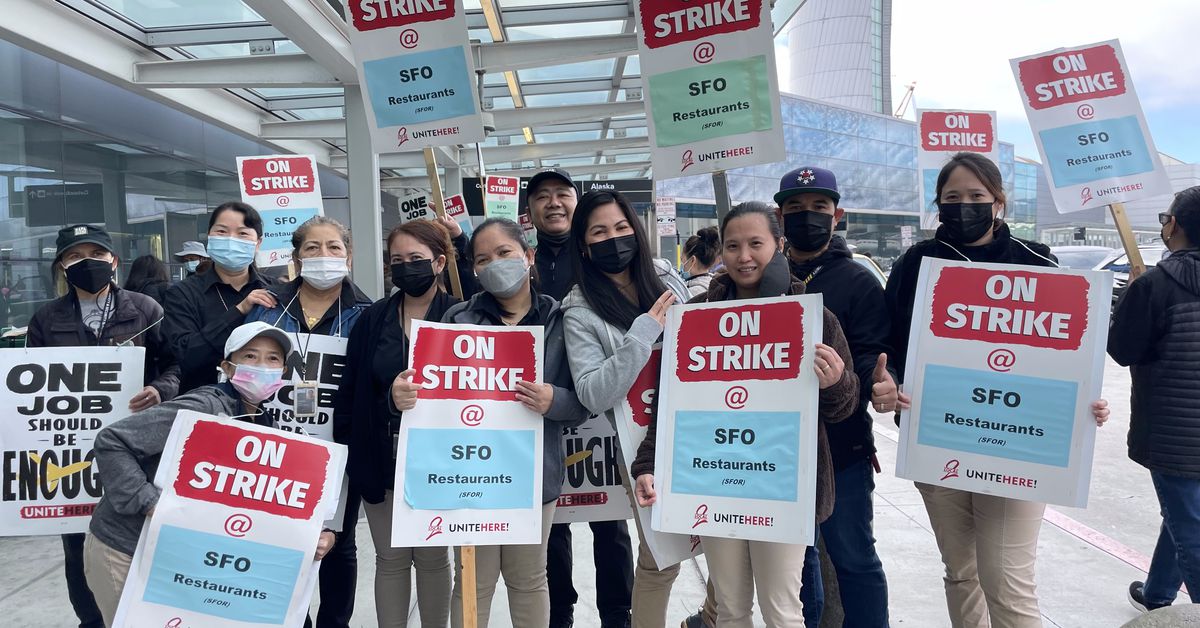



![Teacher [Milk] Tea: Part 2](https://bisvquill.com/wp-content/uploads/2024/03/Screen-Shot-2024-03-19-at-9.28.48-PM.png)
![Teacher [Milk] Tea: Part 1](https://bisvquill.com/wp-content/uploads/2024/03/milk-tea.png)

